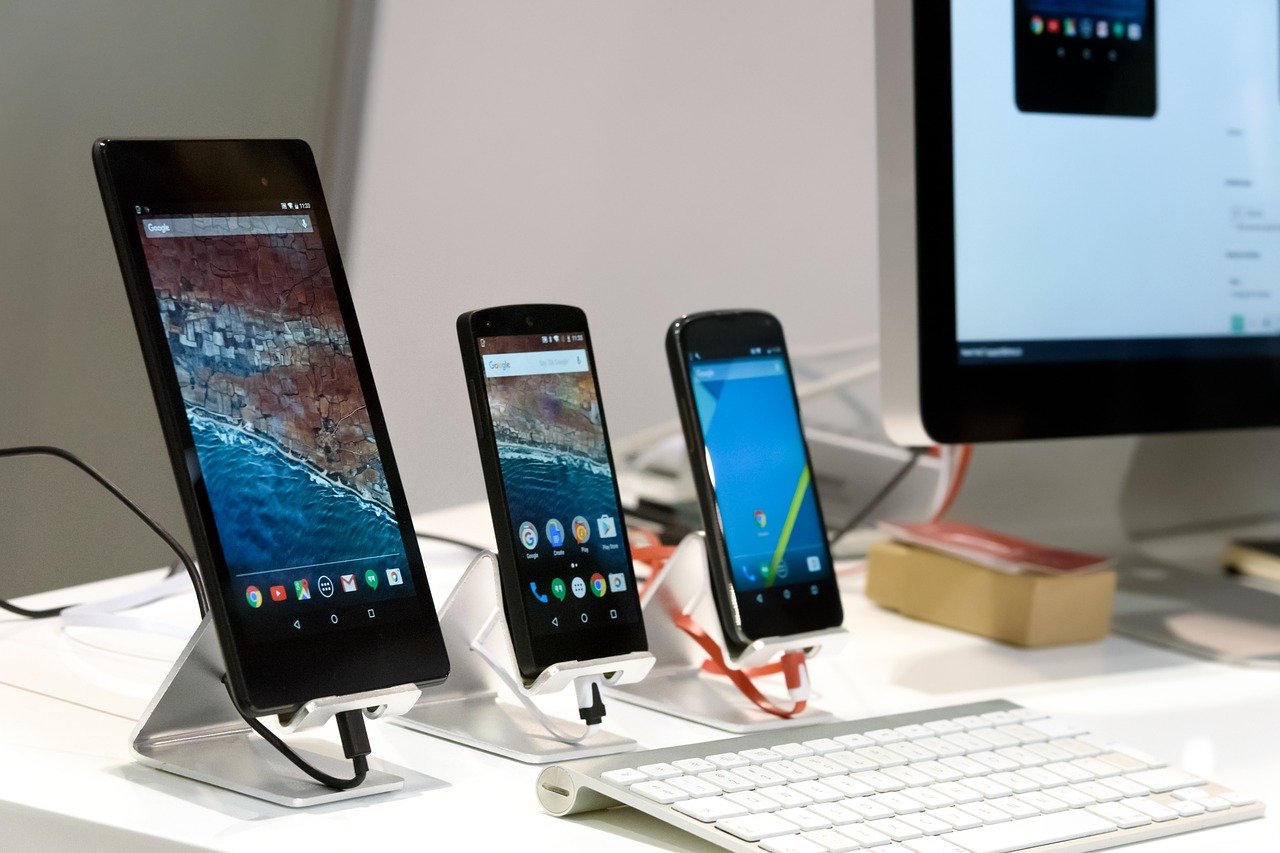 APPS
APPS
 APPS
APPS
 APPS
APPS
Google LLC brought out big updates today at its Google I/O developer conference: a new version of Android Studio that makes the development experience smoother than ever and the next version of the app development framework Flutter.
For Android developers, the Android Studio Dolphin beta and a sneak peek at Android Studio Electric Eel have received updates to work better across a larger number of Android devices. That means superior control for development on Wear OS and large-screen devices.
“One of the things that we try to do is improve end-user experiences by improving developer experiences,” Sean McBreen, Android developer experience lead, told SiliconANGLE in an interview. “We appreciate that there’s no silver bullet for developers and it’s really about improving across all these fronts, large screens, our own apps, third-party apps, our tooling, our libraries, our guidance and bringing it together in aggregate that makes it easier to build for these devices.”
The biggest news comes in the form of a preview of Live Edit for Jetpack Compose, an Android user interface toolkit that uses the Kotlin language. With Live Edit, developers can make code changes in Android Studio and see those changes happen directly in an emulator on a connected device immediately.
Developers will find it easier to pair and control Wear OS emulators directly from Android Studio using a pairing assistant. That will also allow developers to pair multiple emulators to a single phone, and they won’t be forgotten when the instance of Android Studio is closed between sessions, saving development time between workdays.
Studio is also being updated with run/debug formats for Wear OS tiles, watch faces and compilations so they can be launched directly from projects. That will make it much easier to jump in and play with them and get plugging away.
Jetpack Compose received a number of other updates including the ability to view all user interface animations at once so they can be coordinated in “Animation Preview.” Developers can also see how many times their UI redraws itself when viewed to help make it more efficient via a counter in the Layout Inspector.
For large-screen devices, which is a big part of Android 12L, Google provided a sneak peek at a resizable emulator. It will give developers the ability to switch easily and rapidly between different screen form factors to test different layouts with the same app to understand how the UI will flow – so if it looks fine in one and breaks in another, they can fix it quickly.
The same can be done with a visual Layout Validation tool that will help find and fix issues across different devices. It can help detect when UI elements go out of bounds, for example when a button is hidden from view on different screen sizes.
Flutter 3 represents a milestone release for Google’s multiplatform app development framework. Developers now have access to macOS and Linux desktop support, making it available on six platforms. They also get better integration with Firebase and greatly improved productivity features.
“For us, Flutter was about the challenge of how do you build a bold UI that runs everywhere that you want to deliver good app experiences,” Tim Sneath, director of product at Flutter, told SiliconANGLE in an interview. “Historically you could do that a few ways, you could build a Windows app, a macOS app, one for each platform, or you could use HTML, but that’s a 30-year-old standard that was designed for documents on the web and not an operating system.”
So, the way he sees Flutter 3 is a culmination of this journey Flutter has been on to provide developers a way to write apps once and then have them run across a multitude of operating systems and devices.
Flutter 3 now has native support for macOS and will run smoothly on Intel and Apple silicon with universal binary support for both architectures. On Linux, Google worked with Canonical to offer an operating system integration and widgets with a set of packages that will allow Flutter apps to be easily deployed.
That mean Flutter is now available natively on six major platforms without the need for web or mobile support.
Developers also need to be able to build, maintain and operate their apps after they’ve completed coding them. To that end, Flutter 3 has fully integrated Firebase to allow developers to handle things such as analytics, authentication, databases, configuration, file storage and messaging.
This includes a major improvement to the Flutter Crashlytics plugin, which uses Firebase’s real-time crash reporting service. It allows developers to track fatal errors that occur in running code. As a result, developers can rapidly triage issues that crop up in their apps after they’ve been deployed and quickly fix them.
Support our open free content by sharing and engaging with our content and community.
Where Technology Leaders Connect, Share Intelligence & Create Opportunities
SiliconANGLE Media is a recognized leader in digital media innovation serving innovative audiences and brands, bringing together cutting-edge technology, influential content, strategic insights and real-time audience engagement. As the parent company of SiliconANGLE, theCUBE Network, theCUBE Research, CUBE365, theCUBE AI and theCUBE SuperStudios — such as those established in Silicon Valley and the New York Stock Exchange (NYSE) — SiliconANGLE Media operates at the intersection of media, technology, and AI. .
Founded by tech visionaries John Furrier and Dave Vellante, SiliconANGLE Media has built a powerful ecosystem of industry-leading digital media brands, with a reach of 15+ million elite tech professionals. The company’s new, proprietary theCUBE AI Video cloud is breaking ground in audience interaction, leveraging theCUBEai.com neural network to help technology companies make data-driven decisions and stay at the forefront of industry conversations.